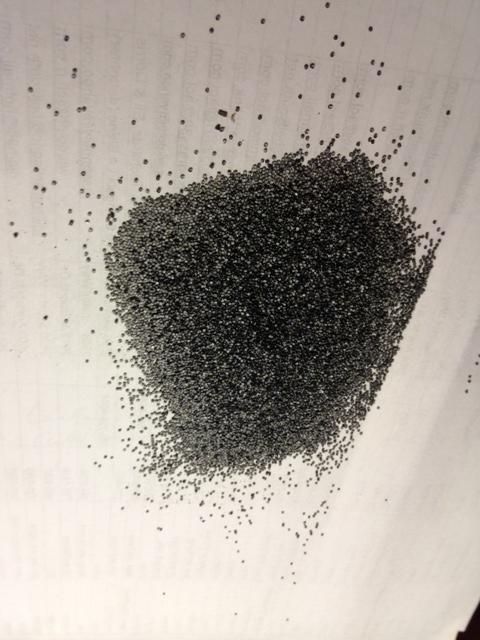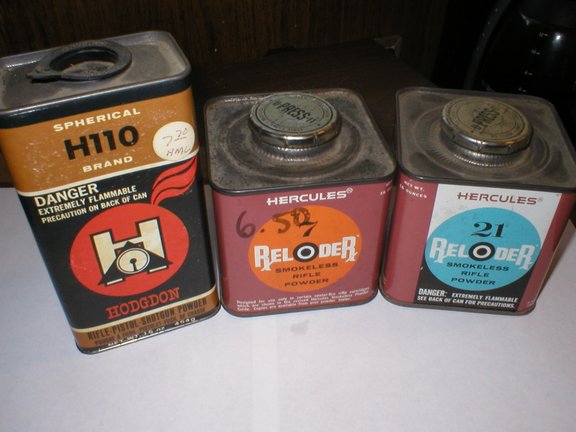I want to add thanks to Slamfire for his research efforts. I'd acquired a copy of the military powder deterioration study in the past, but not some of the other material.
Human beings tend to believe anecdotal evidence and hearsay because thousands of years of tribal life taught us that was how we learned things and got a better chance to survive. But tribes weren't millions of people, so that low probability events would never be experienced by any members in most of them. Now that we do things with large numbers of people able to communicate about it to one another, there shouldn't any longer be an excuse for not knowing, but old habits are hard to break.
Of particular interest to me was the link to the thread on N140. In the early 1990's, my dad got a 1/4 lb free sample container of N140 at Camp Perry, and gave half of it to me. That's about 20 rounds worth in .308; not enough to do serious load development with. I put it in a plastic bottle with a plated and painted steel cap with cardboard seal disc. I left it at the back of a high shelf in the basement where it was out of sight and soon out of mind. Some time later I bought a full pound of N140 to experiment with, but that original 1/4 lb continued to sit.
I finally re-encountered the bottle during some cleaning out activity. It looked like this:

The powder in it was not powder any longer. The grains were all stuck together. That was the result of the lid seal failing and letting humidity in. The acid fumes corroded the lid out. Rinse water put over it poured out yellow. At that point I cut the container open and buried the wet mass under the compost heap to let nature take its course.
Interestingly, the remaining 1/8 lb still at my father's place (also untouched) appeared to be in fine condition in it's original container. Shaking some out onto a white sheet of paper to look for traces of red dust showed no signs of any. Odor was normal. Nonetheless, with only that small amount left, we scattered it over the yard.
Human beings tend to believe anecdotal evidence and hearsay because thousands of years of tribal life taught us that was how we learned things and got a better chance to survive. But tribes weren't millions of people, so that low probability events would never be experienced by any members in most of them. Now that we do things with large numbers of people able to communicate about it to one another, there shouldn't any longer be an excuse for not knowing, but old habits are hard to break.
Of particular interest to me was the link to the thread on N140. In the early 1990's, my dad got a 1/4 lb free sample container of N140 at Camp Perry, and gave half of it to me. That's about 20 rounds worth in .308; not enough to do serious load development with. I put it in a plastic bottle with a plated and painted steel cap with cardboard seal disc. I left it at the back of a high shelf in the basement where it was out of sight and soon out of mind. Some time later I bought a full pound of N140 to experiment with, but that original 1/4 lb continued to sit.
I finally re-encountered the bottle during some cleaning out activity. It looked like this:

The powder in it was not powder any longer. The grains were all stuck together. That was the result of the lid seal failing and letting humidity in. The acid fumes corroded the lid out. Rinse water put over it poured out yellow. At that point I cut the container open and buried the wet mass under the compost heap to let nature take its course.
Interestingly, the remaining 1/8 lb still at my father's place (also untouched) appeared to be in fine condition in it's original container. Shaking some out onto a white sheet of paper to look for traces of red dust showed no signs of any. Odor was normal. Nonetheless, with only that small amount left, we scattered it over the yard.


